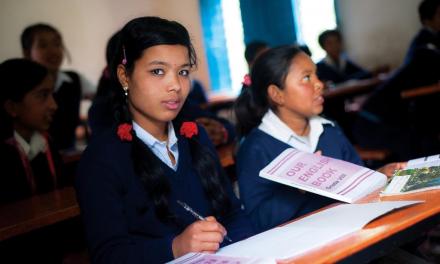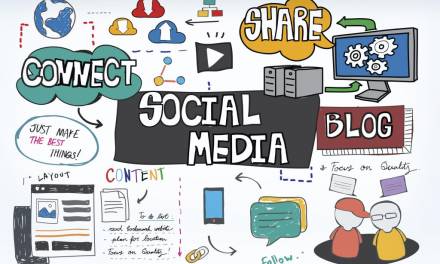Marking its 30th anniversary in January, ChildLine warned that young people are “plagued by low self-esteem”, their confidence “destroyed by a constant onslaught from cyber-bullying, social media and the desire to copy celebrities as they strive to achieve the ‘perfect’ image.”
Indeed, in 2014-15 there were 35,244 counselling sessions for low self-esteem, up 9% on the previous year.
The Children’s Society’s Good Childhood Report 2016 highlights “a growing gap in happiness between girls and boys.” 14% of girls aged 10-15 reported unhappiness with their lives overall, while 34% were dissatisfied with their appearance – up on the 30% in 2009-10.
Chief Executive, Matthew Reed, noted that, “Girls are having a particularly tough time and it’s clear that concerted action is needed to tackle this problem.”
How you can help
1. Make sure you can recognise low self-esteem
According to YoungMinds, children with low self-esteem:
- Have a negative image of themselves and may feel bad, ugly, unlikeable or stupid
- Lack confidence
- Find it hard to make and keep friendships, and may feel victimised by others
- Tend to avoid new things and find change hard
- Can’t deal well with failure.
- Tend to put themselves down and might say things like “I’m stupid” or “I can’t do that” (before they have tried)
- Are not proud of what they achieve and always think they could have done better.
- Are constantly comparing themselves to their peers in a negative way.
2. Burst the social media bubble
In 2014, the SHEU (Schools and Students Health Education Unit) noted a trend that young people, particularly girls, were less confident than their peers a decade earlier.
Echoing The Children’s Society and ChildLine, they too found links between social media usage and poorer emotional well-being. It’s not rocket science – girls now know with soul-destroying certainty whether they’re cool, popular or desirable, and they’re bombarded, often daily, with images of social and physical perfection.
Social media encourages girls to present a front and seek reassurance via ‘shares’ and ‘likes’. Life is airbrushed and public. Girls can hugely benefit from knowing the facts about Photoshopping and the extent to which celebrities are airbrushed.
Encourage them to question the images they see and think about how consumers are being manipulated.
3. Body image
Thanks to social media, girls realise early on that they’re judged on their physical appearance. Body image has irrefutably entered the zeitgeist. 2014 saw the launch of The Be Real campaign and an outpouring of body image activism on – ironically – social media.
Various body image workshops have since been launched to help promote pupils’ about self-esteem. One such endeavour is the Self-Esteem Project from Dove.
4. Support pupils to boost their own self-esteem
ChildLine offers tips for children seeking to boost their self-esteem which can be incorporated into lessons. Ideas include:
- Answer questions during lessons on your favourite subject
- Act as if you already have confidence
- Think about body language and vocabulary
- Take a few moments to answer a question
5. Be confident in yourself – lead by example
HandsOnScotland, a toolkit for professionals working with young people, argues that educators with high confidence in their own teaching ability create confident pupils.










